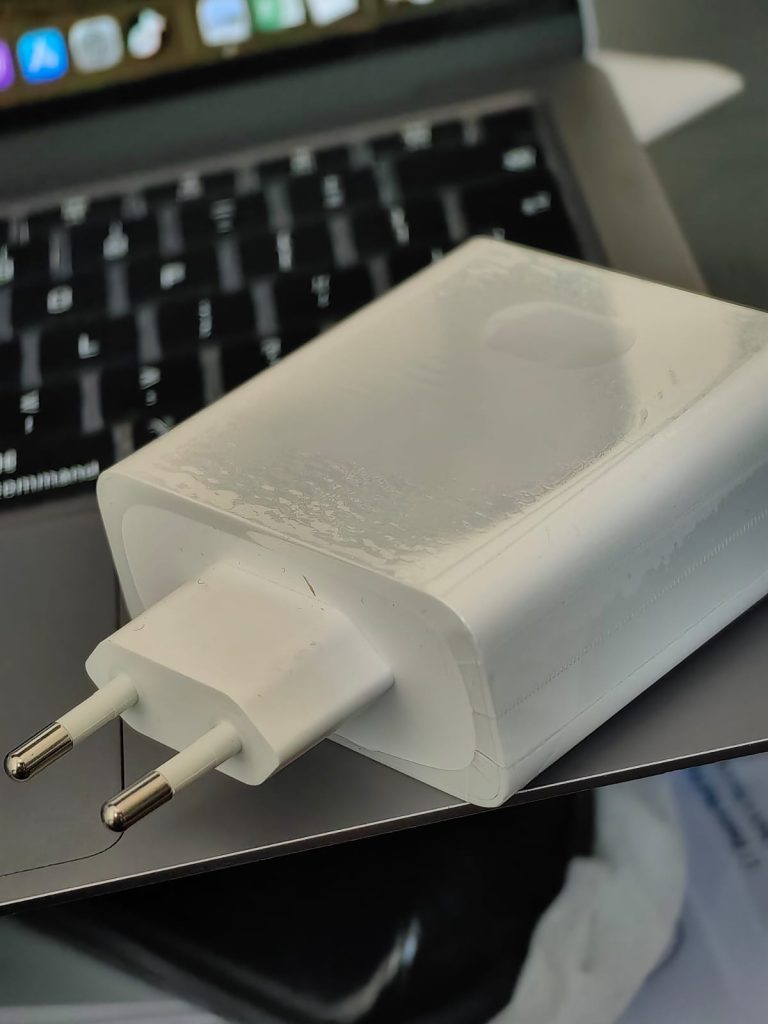SEO has entered a new era in 2026. AI tools are more powerful, users expect instant results and Google continues tightening its criteria for…
Why laptop charger adapters are bigger than cellphone chargers?

Something so apparently simple can be complex, especially when users don’t know the reason for large, small, and medium-sized adapters that laptop manufacturers appear to pack alongside the latest laptop in the market.
There’s a reason for the size of the adapter believe it or not and the reason usually coincides with what the laptop needs to do on a normal day.
Why are laptop adapters bigger than cellphone adapters?
It’s not that simple to define since some laptop chargers are reasonably sleek in design which could translate into smaller or medium-sized adapter sizes to some users.
Some Apple Mac chargers are reasonable in size, compared to some Android user laptops.
What’s the reason?
The reason could be consumption and power related.
Laptops require anywhere between 45W to 240W depending on the model, its capabilities and overall demand from the laptop.
Cellphones on the other hand require less power, which often varies around 5W to 20W, enough to power screens alongside less intensive apps, such as TikTok, Facebook, and Instagram among others.
It’s usually applications (apps) that govern how much power laptops require. Think of apps or software like video editing or gaming software, which require copious amounts of power to run the application effectively.
The laptop size matters
While the size of the laptop matters, laptop chargers need to be portable enough to carry around, so manufacturers find the balance between power requirements and portability through design.
The cost usually affects the density of materials. Smaller components are cheaper but the cost for higher power demand from an adapter or charger could in some instances translate to a pricier laptop in store.
Overall
Components such as cooling elements, and capacitors alongside rectifiers contribute to the size difference especially when factoring power needs of a laptop.
Adapters use transformers to convert AC to power from the wall outlet and into lower DC voltage needed by the laptop. The adapter then needs to be a decent size with decent power to be able to handle the higher wattage necessary.
The larger the size of the laptop could mean the larger the size of the power adapter necessary to run it, compared to that of a cellular phone.
In summary, laptop charging adapters need to inject sufficient power into the laptop at a controlled rate. We are likely to see laptop adapter sizes shrink as the world finds better alternatives for manufacture.
While we may see laptop chargers shrinking in size, the power output would likely be improved.
What happens if you use a cellphone charger on a laptop?
A smartphone charger may not charge a laptop sufficiently and could potentially damage the laptop, depending on the amount of voltage, currents, and connector types involved.
Since cellphone adapters usually output lower power, users may experience very slow charging, especially if the laptop is in use while charging.
The disparity between laptop and cellphone adapters is a stretch but highlighting this important patch of information is not only necessary but a fundamental piece of information that some users desperately need to know.
Also read: Huawei Matepad Pro review, an intelligent laptop substitute

